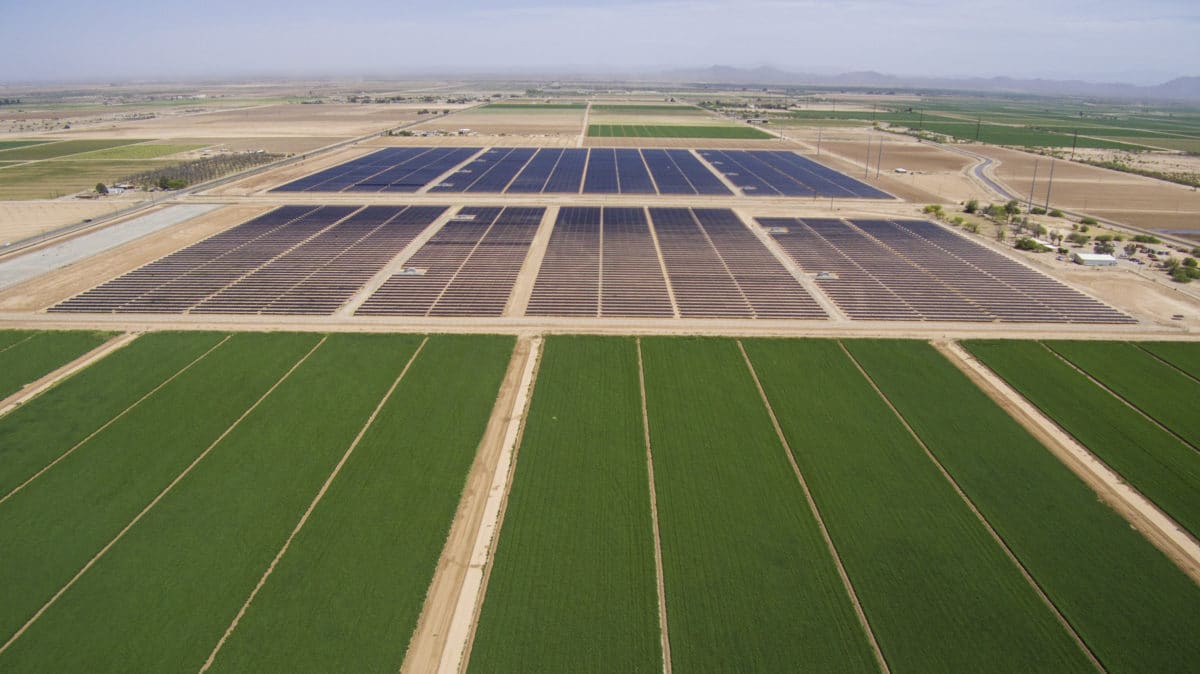The daytime electricity pricing revolution is spreading. Sometime in the early 2010s in Germany we saw the first duck curve, where peak daytime electricity pricing – formerly the place where electricity was most expensive and generators made all their profits – became the lowest priced periods. Then the duck curve spread to California, and recently New England. And now that the world knows the value of a duck curve, we see the Texas power grid begging for it.
And so now utility Arizona Public Service Electric (APS), seeing the value of their very own cheap daytime electricity, is pushing three energy efficiency programs and noting that their purpose is specifically to take advantage of daytime electricity pricing.
The first program is Cool Rewards and it focuses on thermostats. The program remotely adjusts thermostats to maximize electricity usage outside of the new peak demand periods of 3 to 8 PM. The program will adjust the thermostats up to 20 times a year, paying customers a $25 enrollment bonus and $25 a year. A maximum of 6,000 customers are to be enrolled in the program.
The next project is a very limited, not yet launched energy storage program titled Storage Rewards. The program will work with 40 residents and offer a one time participation award of $500. APS has not provided much information on this program.
The last is called Reserve Rewards and its focus is on hot water heaters. The program will offer installation rebates for 200 grid interactive water heaters that maximize use during midday, and avoid use during peak periods. This program also launches later this year in ‘targeted areas’.
There is of course the angle that the utility is pushing these programs in order to blunt the demands of the population. Arizona has shown a penchant for dirty energy politics, and there is an ongoing push to get the state to 50% renewable energy. It is smart politics to give the people something to chew on and distract them from the bigger pie being controlled by big money.
With space cooling and water heating being the two largest individual sources of electricity usage in the residential environment at 25% of overall electricity demand, it makes sense to invest in better management of these loads. What is most compelling is that shifting them to being solar powered is now defined is the most economically sound path.
Looking to the future, we can expect cheap daytime electricity to also become a significant driver for locating manufacturing.
This content is protected by copyright and may not be reused. If you want to cooperate with us and would like to reuse some of our content, please contact: editors@pv-magazine.com.








By submitting this form you agree to pv magazine using your data for the purposes of publishing your comment.
Your personal data will only be disclosed or otherwise transmitted to third parties for the purposes of spam filtering or if this is necessary for technical maintenance of the website. Any other transfer to third parties will not take place unless this is justified on the basis of applicable data protection regulations or if pv magazine is legally obliged to do so.
You may revoke this consent at any time with effect for the future, in which case your personal data will be deleted immediately. Otherwise, your data will be deleted if pv magazine has processed your request or the purpose of data storage is fulfilled.
Further information on data privacy can be found in our Data Protection Policy.